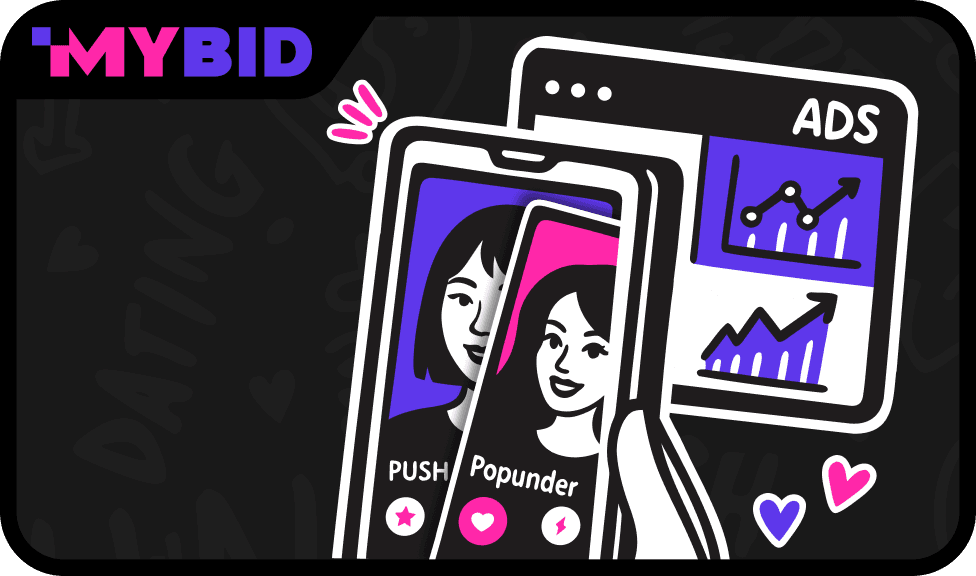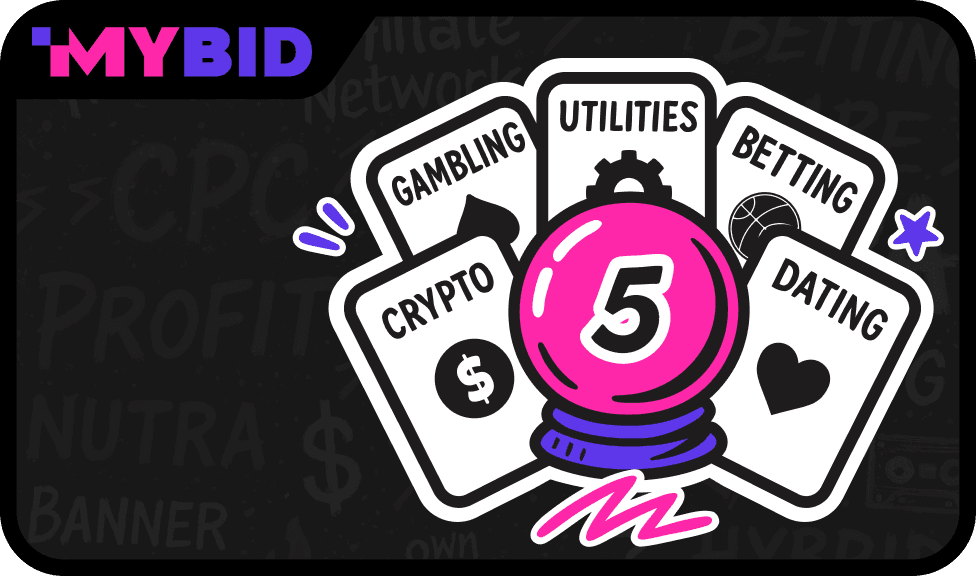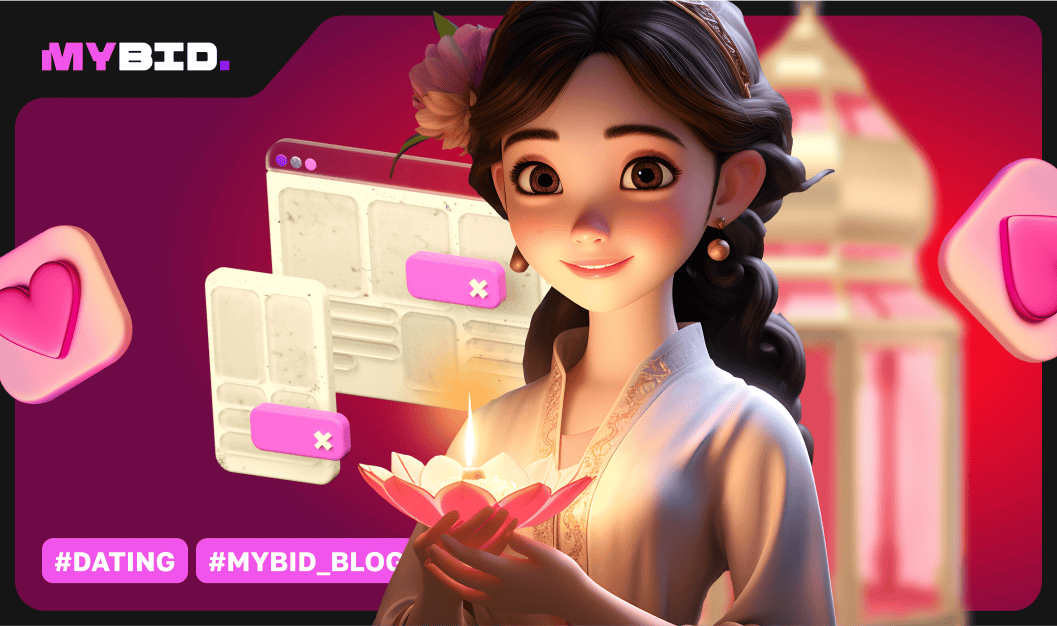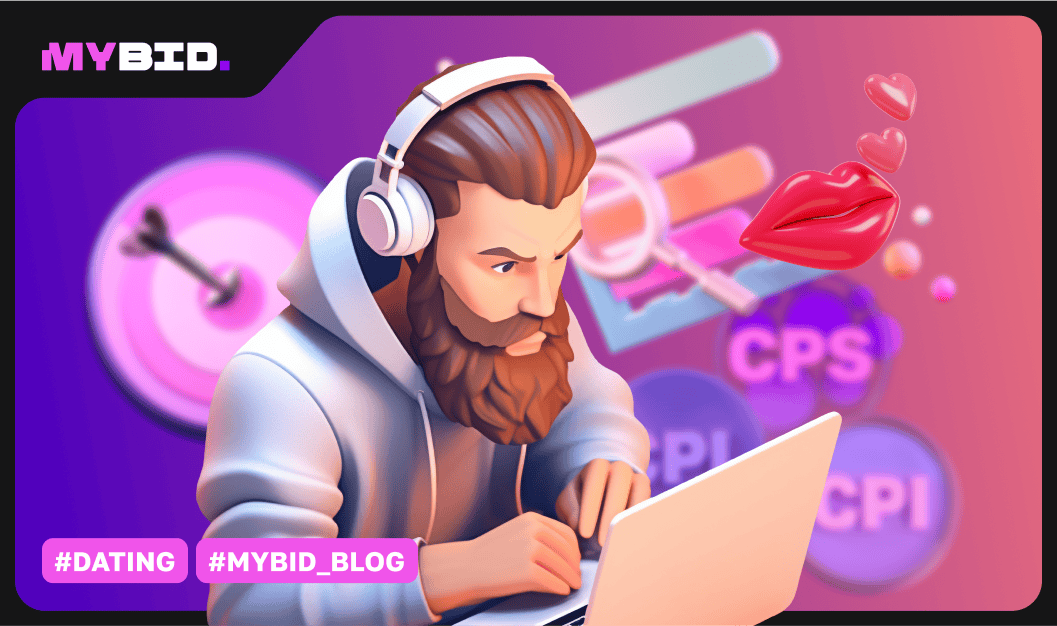
We all know that dating is an evergreen and very profitable vertical. But the question is, which traffic sources work best in 2023? This question was tackled by one of our affiliates, Max, a very experienced affiliate marketer. We decided to let him share the experience he’s had from testing various ways of driving traffic to dating offers.
Hi, everyone! I'm Max, and today I'm going to talk about my experiments with the dating niche, using platforms like Facebook, TikTok, and ad networks with different ad formats such as InPage push, Popunder, and Native Ads.
Spoiler alert: You can successfully promote dating offers using all these sources. My goal was to find out which of them gives you the most bang for your buck and delivers consistent profits. Interested? Let's get started.
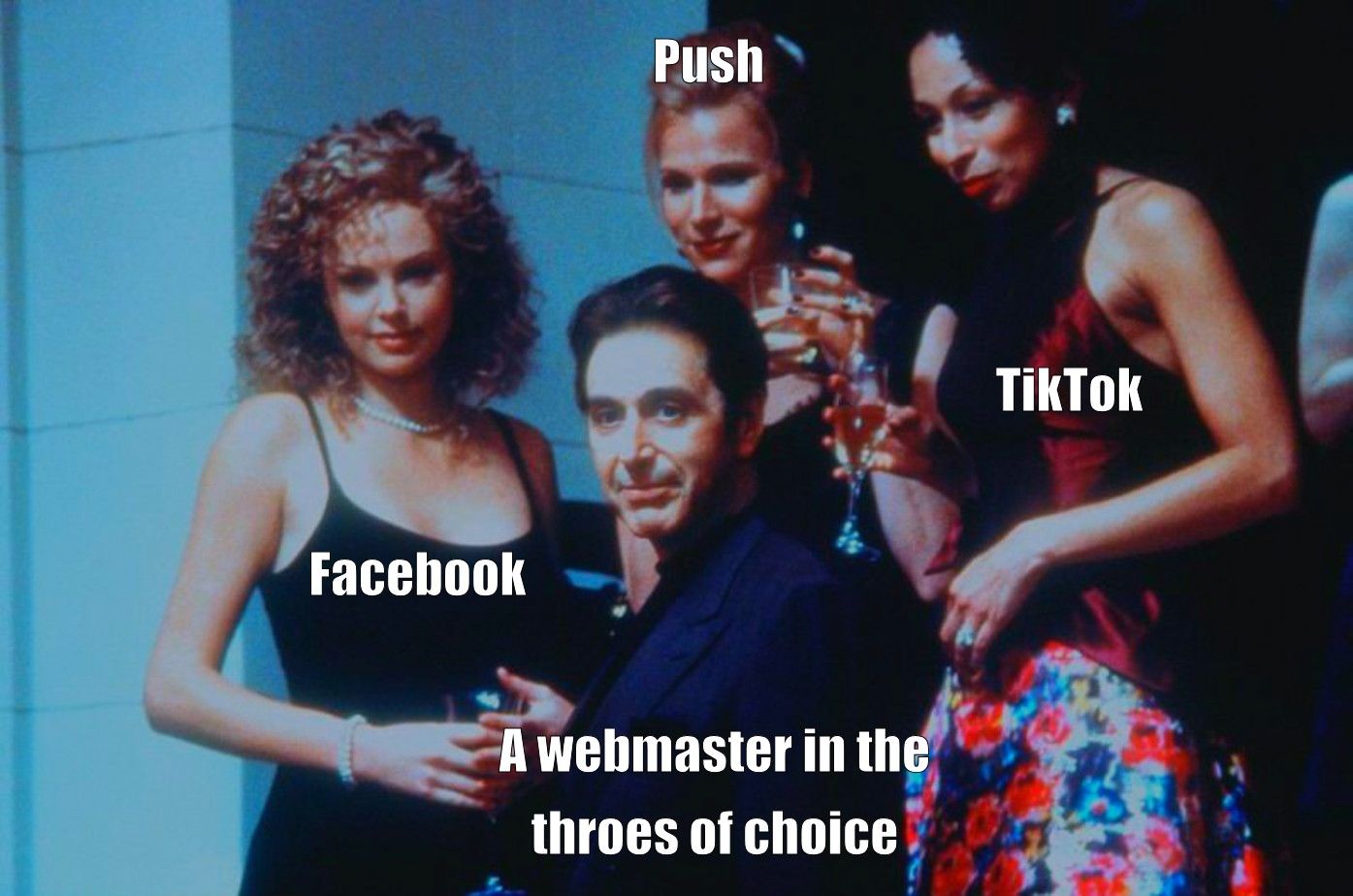
I’ve tried both acquiring free and paid traffic from Facebook while sending traffic to dating mobile applications. I started with manual account farming and later tested out software-based account farming. The software option seemed promising at first, but it turned out that nearly 90% of the accounts created this way got suspended during the warm-up phase. The rest grew subscribers painfully slowly, so I stuck with manual registration.
My team and I got some guys to create for us Facebook accounts under different personas, linked to real Ukrainian phone numbers (we had to buy quite a few SIM cards). We could have used online services to save money, but that would have made account recovery impossible if we lost one. These accounts used attractive female avatars and joined dating sites.
We then launched manual farming, which involved tasks like:
Each account was active for about 2-3 hours daily. With universal proxies, we could open multiple profiles simultaneously in an anti-detect browser, making it possible to farm many accounts at once.
After two weeks of farming, the accounts had got a reasonable number of friends, and our team started engaging in conversations with different guys on Facebook. These female personas were portrayed as former models looking for a genuine connection.
In our correspondence, we redirected traffic from Facebook to a Telegram channel, which was safer than linking directly to a website. From there, users were directed to adult-themed dating offers.
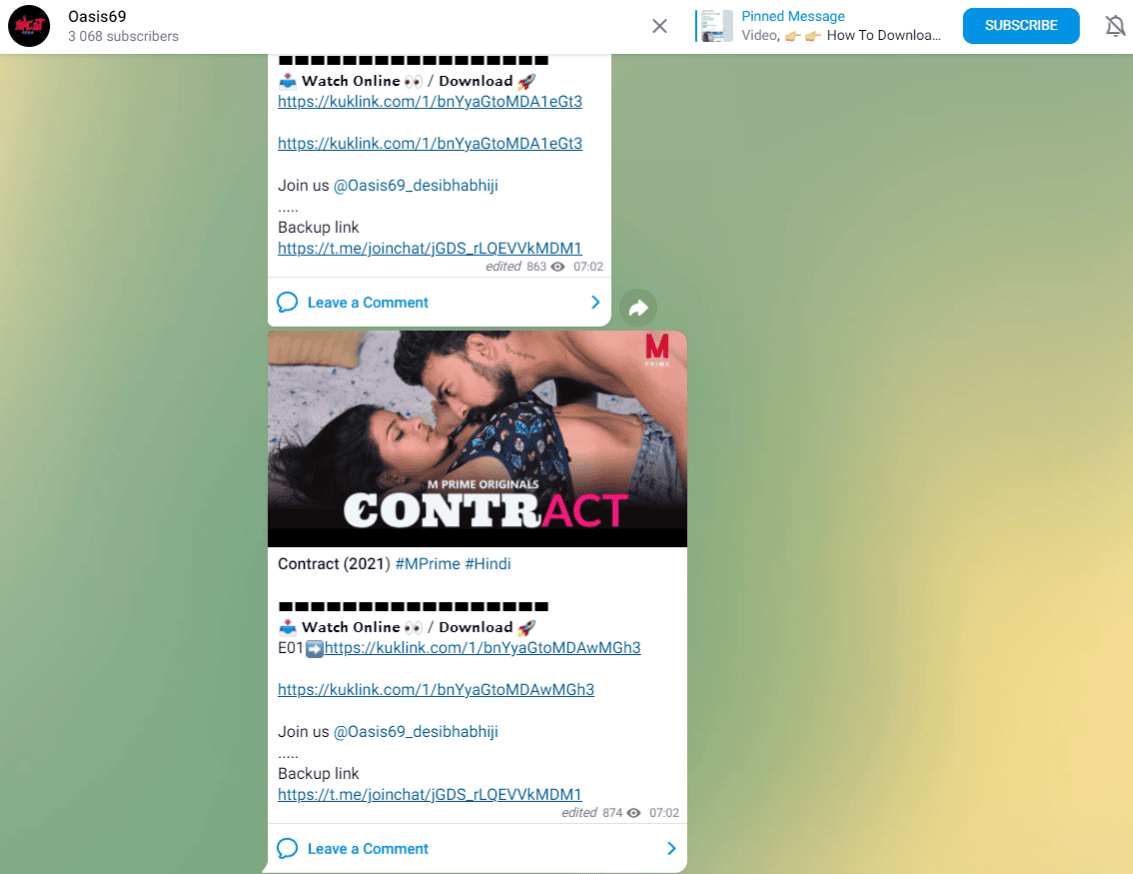
We also experimented with LGBT offers in a similar way. While they had five times fewer conversions than traditional ones, they offered a higher payout, $1.92 per registration compared to $0.41 for the "classic" adult dating offers.
We tested two payment models: PPL DOI (payment for registration with email confirmation) and PPL SOI (registration without confirmation). We dropped the latter a few days later due to low payouts.
The outcome was positive, with an average ROI of 32%. Although ROI calculations can be subjective in affiliate marketing, I considered it as the ratio of earnings from the affiliate program to the cost of account-related expenses. While the profit wasn't huge, our aim was to assess the effectiveness and scalability of this traffic source. I'll share my final thoughts at the end of this article.
However, sending paid traffic from Facebook to mobile applications turned out to be unprofitable. Mainstream dating offers had low payouts and adult dating apps provided by affiliate programs didn't convert at all. After a week of testing, sending dating traffic to mobile apps resulted in a loss.
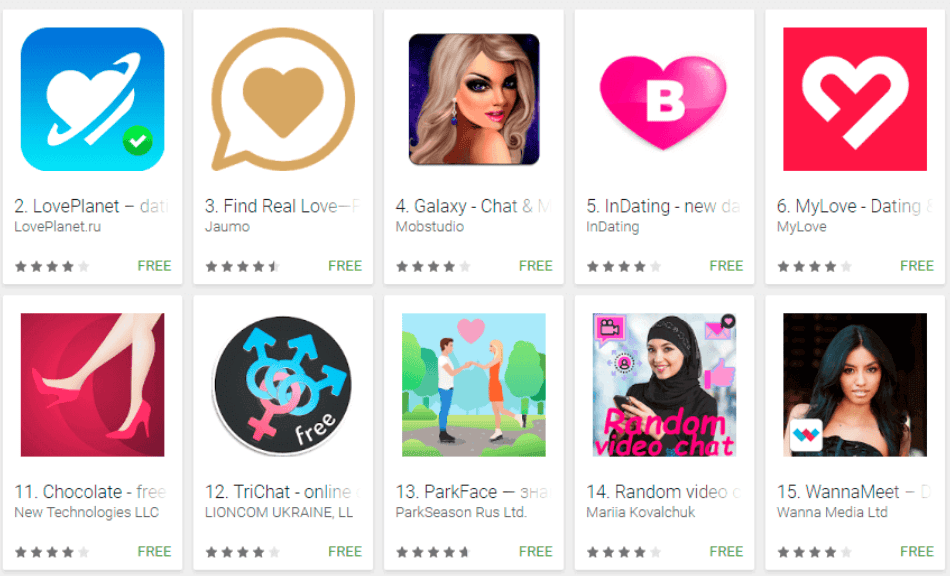
Similar to Facebook, I registered around a hundred accounts on TikTok for acquiring organic traffic, similar to what we did on Facebook. Over two weeks, we uploaded videos of attractive women we found on Instagram.
While Facebook relied on comments and likes to boost account activity, TikTok operated differently. The key here was creating content that appealed to users. More likes meant more chances of videos making it to recommendations, therefore reaching a wider audience. This made TikTok more demanding. My team and I posted 3–4 videos daily on each account, which required at least 6–7 hours of work daily.
After 5–8 days of hard work, the accounts had reached 1,000 subscribers, and we added a link to our affiliate campaign in the profile header. We tested two landing page methods:
Both methods performed similarly, so I can't pick a clear winner.
After nearly a month of work, we covered the costs of acquiring traffic. We also managed to generate about $680 in revenue. However, keep in mind that a big chunk of our time was spent copying and uploading videos; our entire day was pretty much devoted to managing accounts. To be fair, the conversion rate on TikTok was 70% better than on Facebook.
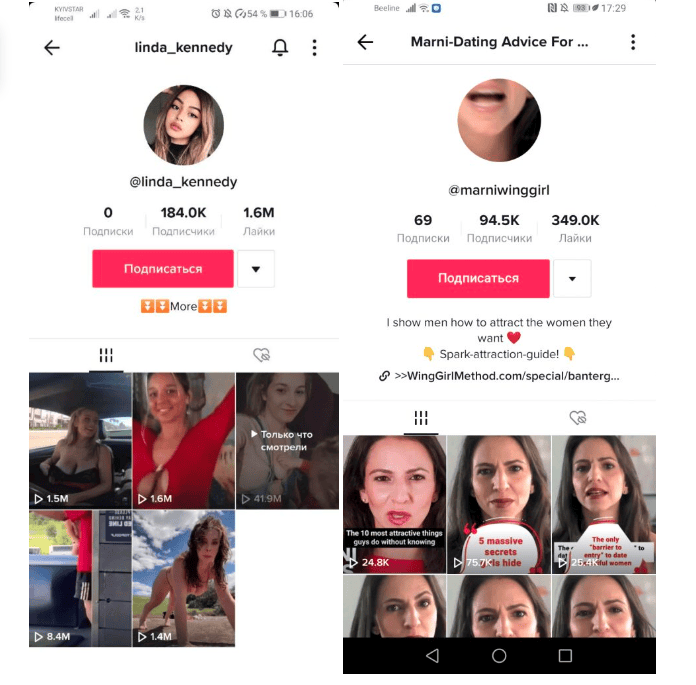
After failing to profit from sending paid traffic from Facebook to mobile apps, I initially considered abandoning the idea of using push notifications for profit – because it was another source of paid traffic.
However, for the sake of a thorough experiment, I decided to give it a shot. Given the low payouts for dating registrations, I chose an advertising network with the lowest cost per click to keep expenses in check. I also wanted to steer clear of sketchy networks that could drain the budget with bots and other fraudulent activities.
I started with InPage Push, essentially regular push notifications that don't require user subscription consent. This allowed us to reach a wider audience without being overly intrusive. Setting up the campaign in MyBid was straightforward; they offered a fully managed system. The network manager handled the campaign launch, while my role was to provide creatives, a link, and bid approval.
Interestingly, the manager provided feedback on some of my creatives and suggested testing different approaches. It seemed like the manager was genuinely interested in the performance of my campaigns, rather than just being a passive presence.
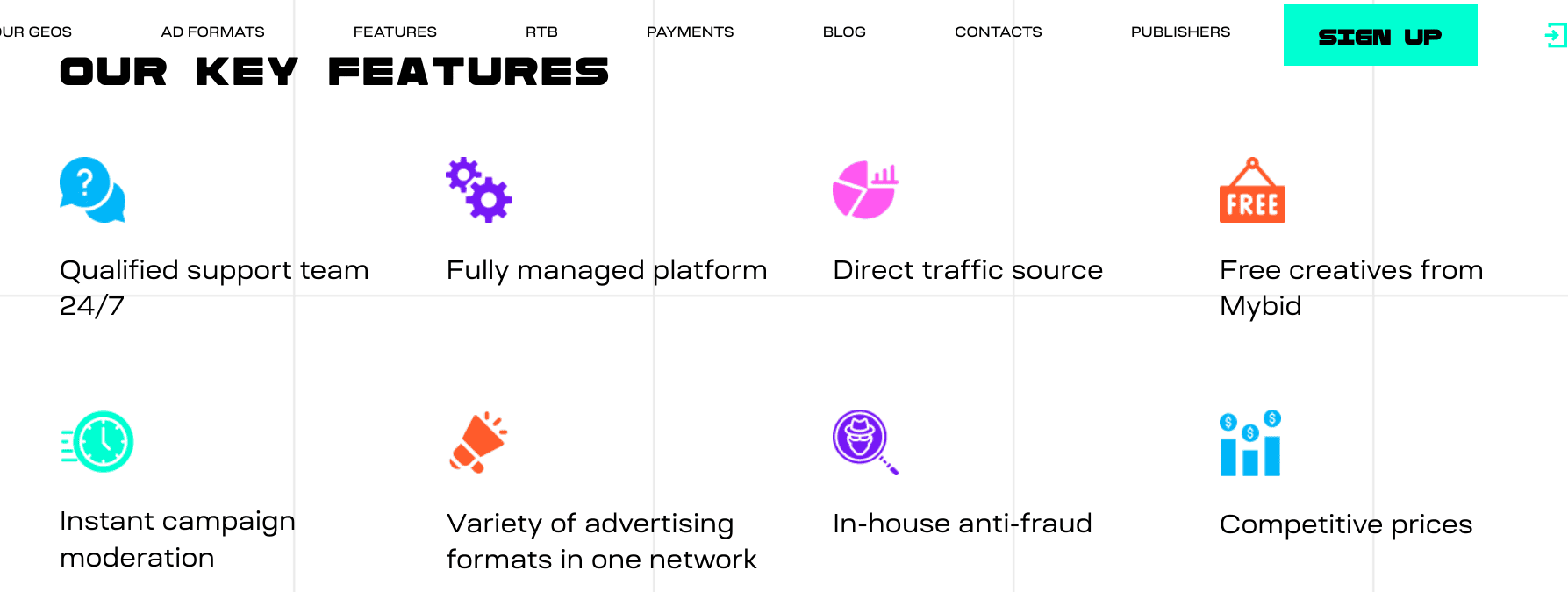
With the manager's unexpected assistance, I decided to explore other advertising formats, like Popunders and Native Ads. I had also initially considered testing Banner ads, but the manager discouraged it due to poor conversion rates in dating.
Here are the results:
InPage Push turned out to be the star performer among all the ad formatsI tested. Maybe I got lucky with my creatives or things just aligned perfectly, but during the first week, the ROI on some days approached 90%. This was achieved despite the campaign not being fully optimized, although the manager did make some adjustments. I didn't use any extraordinary tactics; I found inspiration from various sources. Below are examples of the push notifications I used.
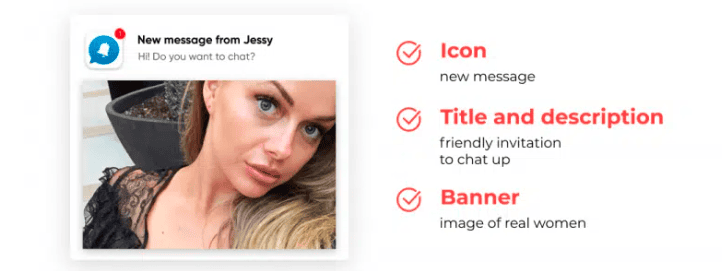
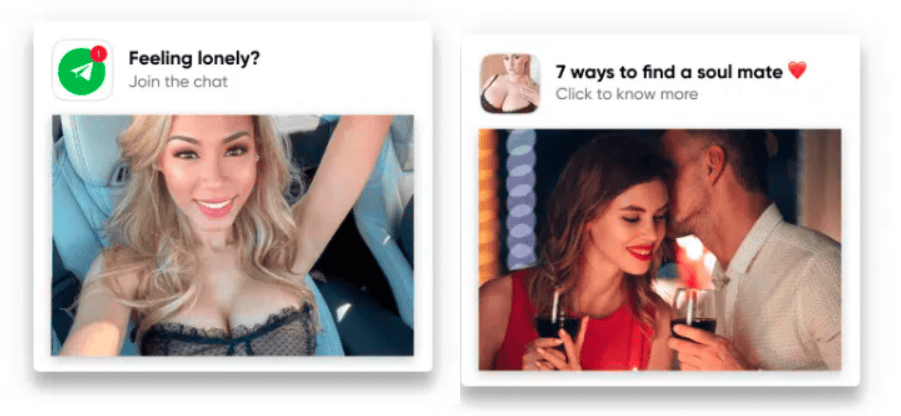

The experiences shared in today's article demonstrate that it is possible to acquire dating traffic from all the tested sources. Going for organic traffic from Facebook offers a relatively easy approach, but manually farming accounts leads to extra labor costs that could potentially eat up your profits. Scaling this method exclusively through account farming software and automating basic functions is possible, but high-quality solutions in the market are rare. This traffic generation method is best suited for affiliate marketers with strong programming skills.
According to Max, TikTok stands out as the most targeted dating platform among all social networks. However, it demands considerable time investment and can only be scaled by expanding the team and increasing costs.
Popunder and Native Ads, as per the speaker's evaluation, are effective advertising formats that can serve as alternatives to Facebook and TikTok. Moreover, they require significantly less effort; affiliates mainly need to focus on finding or designing ad creatives and determining the advertising budget.
InPage Push demonstrated its excellence as the best-performing source among all those tested by Max. To achieve consistent profits, campaigns need to be scaled and maintained over the long term.
